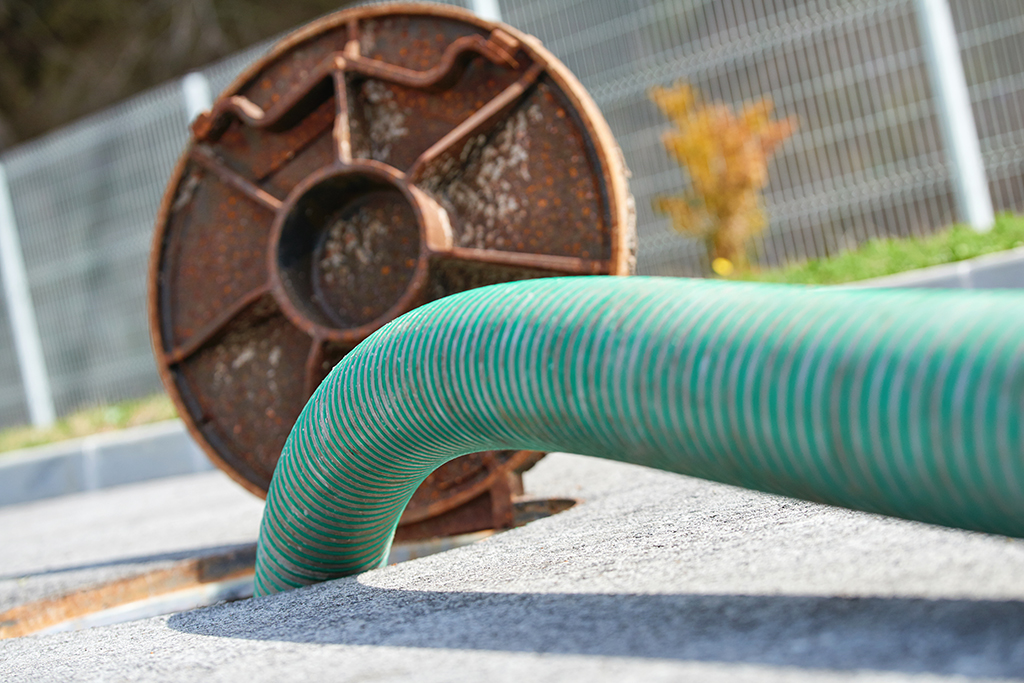How You can Clean your Septic Tank and Improve it
Your septic tank is a large underground holding tank where wastewater from the shower, kitchen and toilet goes when it leaves your home. The wastewater is treated by bacteria and other microorganisms that decompose the waste matter.
Septic tanks are watertight containers made of concrete, fiberglass or plastic. They are a cost-effective way to treat wastewater for homes that are not on the main sewage system.
If you have a septic tank, it’s important to understand how it works and be familiar with the cleaning and maintenance tasks you can complete to help extend the life of your system so you don’t have to worry about costly repairs or replacements.
A septic system primarily consists of a septic tank and drainage field (often called a soakaway), which are connected to the home’s wastewater drainage line by a series of pipes leading through the tank and to the drainage field.
Wastewater flows into the septic tank, where solids are filtered out and liquid waste passes into perforated pipes that allow the liquid to slowly seep into the ground, where it is naturally filtered by the soil. A drainage field is made up of this series of perforated pipes and the surrounding area where the liquid waste drains.
If a septic system is properly maintained, it can last between 15 and 40 years, while the drainage field may be usable for more than 50 years.
Have your tank inspected regularly
To prevent problems, have your septic system inspected by a licensed septic tank contractor every one to two years and follow their advice about how often to clean the tank (usually called pumping it out).
A septic tank contractor will:
Explore your septic system and open access holes
Open inspection ports to check if internal slabs or tees (baffles) are in good condition
If your system has an effluent filter, check to see if it needs to be cleaned. (Some filters are equipped with alarm systems that alert the homeowner when the filter needs to be cleaned.)
Flush your toilet
- Check for signs of sewage or wastewater backup
- Measure the scum and sludge layers
- Identify any leaks
- Inspect mechanical parts, if any
- Recommend tank cleaning (pumping) if necessary
- Check for moisture or ponding on the ground above the drainage field, which may indicate improper drainage, a clogged system or excessive water use. The contractor may also recommend an inspection of the drainage field, which is a separate procedure.
Pump the tank
One of the most important tasks you will need to arrange (about once every two to five years) is to have your septic tank pumped by a professional.
Pumping removes the sludge that builds up at the bottom or in your septic tank. If solid waste is not removed through pumping, it can eventually block the tank and soil treatment area, causing backups. Backups occur because the bacteria in the tank have overgrown with too many solids. They can be very dangerous, especially if there is no backup pump installed.
How often you should have your septic tank pumped depends on the size of the tank, the number of people living in the home, and the type of waste going into the septic system.
Families with two to four people can usually have their septic systems pumped every three years. But if you have a larger home or your water use has increased for some reason, you should adjust your schedule and have your system pumped more frequently.
The only way to know when it is the right time to have your tank pumped is to have a regular inspection by a professional septic tank contractor.
The contractor will recommend pumping by a licensed septic pumper whenever the bottom of the scum layer is within 15 cm (6”) of the bottom of the outlet, if the top of the sludge layer is within 30 cm (12”) of the outlet, or if more than 25% of the depth of the liquid is sludge and scum.
Whatever your pumping schedule, you may need to adjust it depending on the size of your home and water use, especially if there is a significant change in home size or water use.
Use water efficiently
A typical tank stocked by Tanks for Everything holds 2,800 liters of wastewater. In the U.A.E, an average person uses 142 liters of water per day.
All water travels through pipes to the septic system. The more water a home saves, the less water enters the system. Efficient use of water improves the operation of the septic system and reduces the risk of malfunction.
You can improve water efficiency by:
Choosing the proper load size for your washing machine or, if that’s not an option, only running full loads of laundry
Washing a maximum of two loads of laundry a day. Doing all laundry in one day can save time, but can put a strain on the system
Contact us for more information 045864033 for best Septic Tank Clear & Clean Handyman in Dubai
